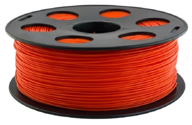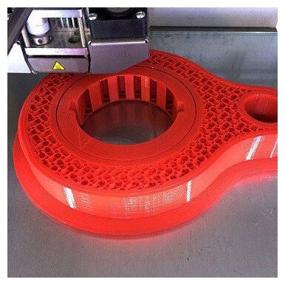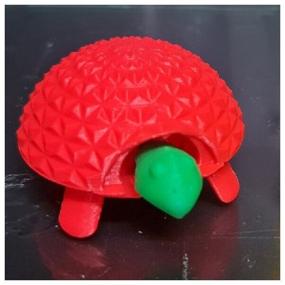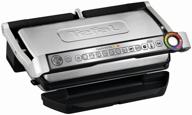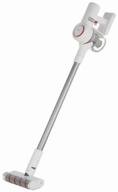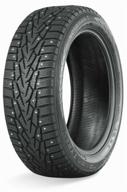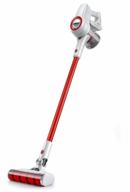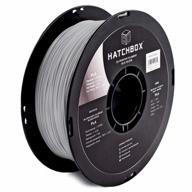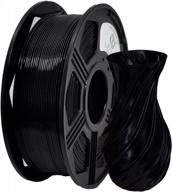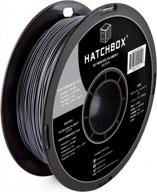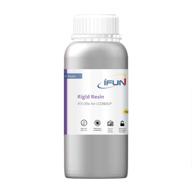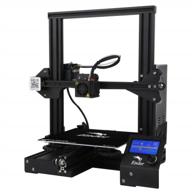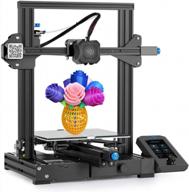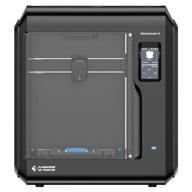Description of PETG rod BestFilament 1.75 mm, 2.5 kg, 2.5 l, red
One of the most durable consumables for 3D printing, PETG is available in a variety of colors! Advantages of PETG Bestfilament: * Very strong filament; * Adhesion of layers is unprecedented; * Parts made from this material are durable; analogues; *Suitable for most FDM printers.
Related materials for 3D printing: film, glue, varnish, dryer. PETG is a wear-resistant copolyester (combination). PET stands for polyethylene terephthalate and the G indicates that it has been modified with glycol for greater durability. Durable material, exceptionally strong and odorless when printed.
The use of an automated quality control line guarantees a deviation of the bar diameter within one coil of no more than 0.02 mm.
Recommended print settings for PETG Bestfilament: Extruder: 220-245 degrees.
Platform: 60 degrees.
Advice from Bestfilament: If you have problems removing the finished model from the table, we recommend that you cool the product to the extreme: take it out into the snow, put it in the freezer.
To improve the adhesion of plastic to the platform coating, we recommend using a film, glue, varnish.
If the plastic is wet, we recommend using a dryer.


